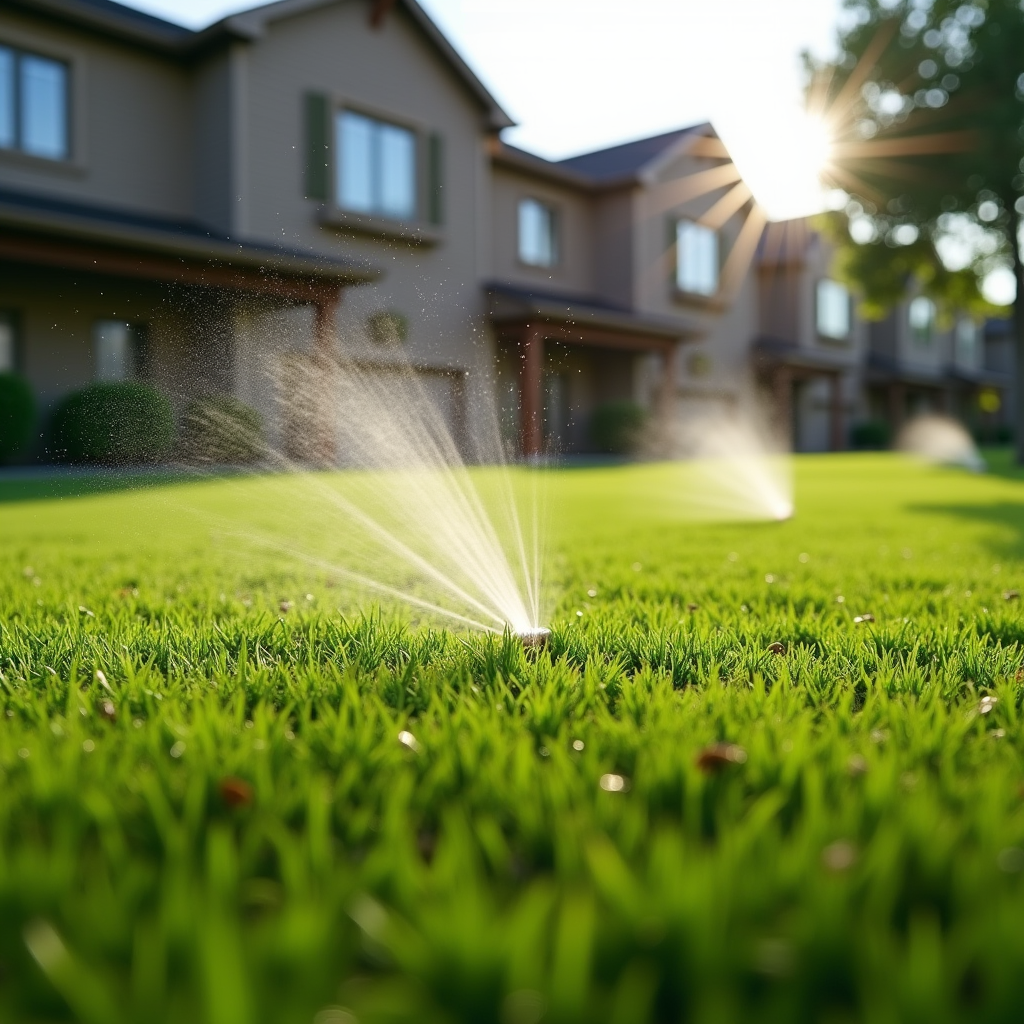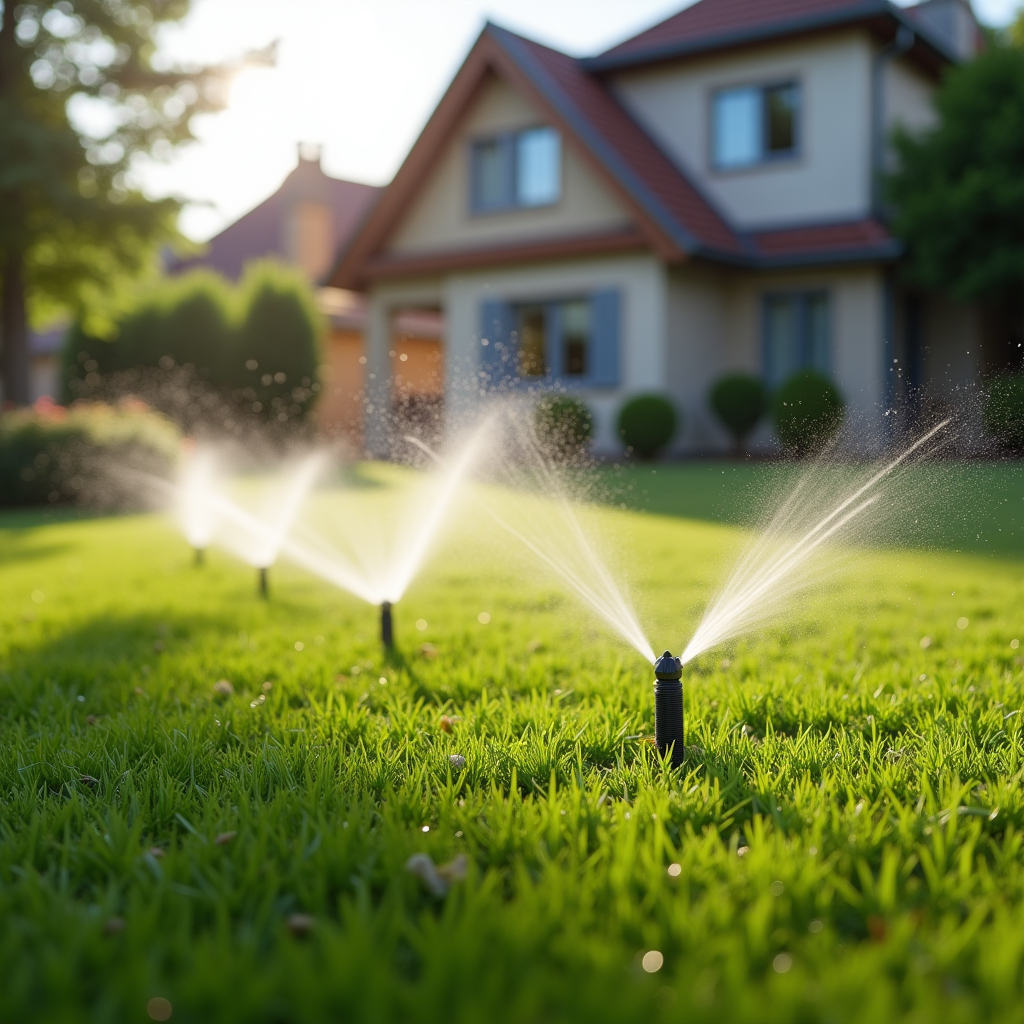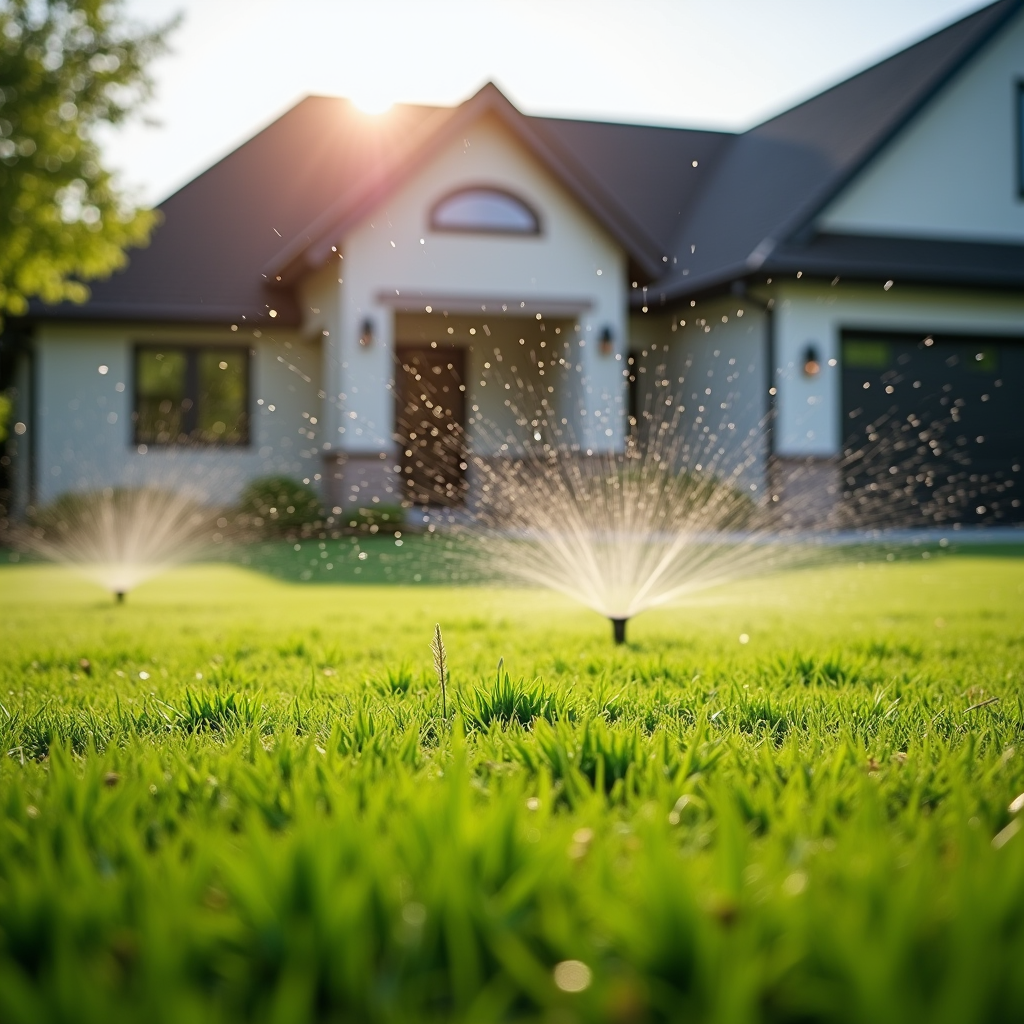In today's fast-paced world, it can be challenging to find a balance between nature and urban life. Many of us live in small apartments or homes with limited outdoor space, making traditional gardening difficult. However, there's an innovative solution: vertical gardens. These stunning installations not only enhance the aesthetic appeal of your space but also improve air quality and promote a sense of tranquility. In this article, we'll explore various ideas and techniques for creating vertical gardens that transform small areas into lush retreats.
What are Vertical Gardens?
Vertical gardens, also known as living walls or green walls, are innovative landscape design features where plants grow vertically instead of horizontally. This method is perfect for maximizing limited space while adding a burst of greenery to your surroundings.
Benefits of Vertical Gardens
Space Efficiency: They utilize vertical space, making them ideal for small patios, balconies, or even indoor spaces. Improved Air Quality: Plants filter toxins from the air and release oxygen, enhancing indoor air quality. Aesthetic Appeal: A well-designed vertical garden can become a stunning focal point in any room or outdoor area. Noise Reduction: Green walls can help dampen sound pollution, creating a more peaceful environment. Enhanced Biodiversity: They provide habitats for various insects and birds.Designing Landscapes with Vertical Gardens
Choosing the Right Location
When you're considering creating vertical gardens, location is key! Think about how much sunlight your chosen spot receives throughout the day. Most plants prefer bright but indirect sunlight.


Selecting the Best Plants for Vertical Gardens
Not all plants thrive in vertical arrangements; some do better than others. Here are some great options:
- Succulents: These hardy plants require minimal maintenance and come in various colors and shapes. Ferns: Ideal for shadier spots, ferns bring a lush appearance to any vertical garden. Herbs: Basil, thyme, and rosemary can be grown vertically and add culinary value to your garden. Flowering Plants: Incorporating flowers like petunias or violets adds vibrant color to your green wall.
Vertical Garden Structures
Creating a vertical garden involves selecting the right structure that complements your landscape design:
Trellises: Simple wooden or metal trellises can support climbing plants like jasmine or ivy. Wall Planters: These come in various designs—from pocket planters to modular systems—great for herbs or flowers. Hanging Baskets: Suspend these from ceilings or walls for an added dimension to your garden.Creating Vertical Gardens: Innovative Ideas for Small Spaces
Creating vertical gardens isn't just about aesthetics; it's about bringing life into compact areas creatively. Here are some innovative ideas to inspire you:
1. Living Wall Panels
Living wall panels consist of pre-planted modules that https://zenwriting.net/narapsgedk/when-is-the-best-time-to-seed-your-lawn can easily attach to walls. You can select specific plants based on light conditions and desired aesthetics.
2. Recycled Materials
Consider using recycled materials like old pallets or bottles to create unique planters that help reduce waste while beautifying your space.
3. Urban Greenhouses
If you have limited outdoor access but plenty of indoor light, try setting up an indoor greenhouse with shelves filled with potted plants.
4. Edible Walls
Combine functionality with beauty by creating edible vertical gardens featuring herbs and vegetables that you can harvest right from your home!
Maintenance Tips for Vertical Gardens
While vertical gardens are relatively low-maintenance compared to traditional gardening methods, they still require some care:
- Ensure proper drainage so excess water doesn't pool at the bottom. Regularly check plant health; remove dead leaves promptly. Fertilize occasionally with organic fertilizers suitable for each plant type.
The Role of Irrigation in Vertical Gardening
Watering is crucial when designing landscapes featuring vertical gardens. Here’s what you need to know:
Drip Irrigation Systems
Automated drip irrigation systems deliver water directly to the plant roots without over-saturating them.
Self-Watering Planters
These planters contain reservoirs that allow plants to absorb moisture as needed – perfect for busy individuals!
Innovative Design Techniques for Small Spaces
With thoughtful planning and creativity, anyone can create a stunning vertical garden regardless of available space!
Color Coordination Strategies
Select plants with complementary colors—mix greens with colorful blooms or vibrant foliage for visual appeal.
Texture Mixing
Combining plants with different textures (like smooth succulents alongside feathery ferns) adds depth and interest!
Common Mistakes When Creating Vertical Gardens
Even experienced gardeners make mistakes! Here’s what you should avoid:
Not accounting for sunlight exposure Overcrowding plants Neglecting maintenance routinesDIY Vertical Garden Projects You Can Try Today!
Feeling inspired? Here are some DIY projects anyone can tackle:

1) Pallet Planter
Transform an old wooden pallet into an eye-catching planter by sanding it down then attaching small pots filled with soil and chosen flora.
2) Bottle Planters
Cut plastic bottles in half; fill them with soil then hang them on fences or railings!
Vertical Gardening Styles Around the World
Explore various styles from different cultures:
| Country | Style Description | | ------- | ------------------ | | France | Known for intricate designs featuring flowers mixed with herbs | | Japan | Focuses on simplicity while emphasizing natural beauty | | Brazil | Tropical vibes using vibrant colors & exotic plants |
Incorporating Technology into Your Vertical Garden Setup
Embrace modern technology! Smart sensors can monitor moisture levels while app-controlled irrigation systems ensure consistency without manual effort.
FAQ Section
What types of containers work best?- Containers made from breathable materials like fabric or wood promote healthy root growth.
- Watering frequency depends on plant types; generally once every few days suffices unless it’s particularly hot weather!
- Absolutely! Many veggies like peas & tomatoes thrive when grown vertically using trellises/hanging pots.
- Using high-quality potting mix designed specifically for container gardening is recommended; it retains moisture effectively!
- Select shade-loving varieties (like ferns) if direct sunlight exposure proves excessive during summer months.
6. How do I prevent pests in my vertical garden?
- Regularly inspect your plants & consider natural pesticides like neem oil if needed.
Conclusion
Creating vertical gardens is not only a practical solution but also an artistic endeavor that enhances both indoor and outdoor spaces alike! With creative ideas tailored towards maximizing limited resources combined with careful planning—such beautiful landscapes will surely flourish before your eyes! So why wait? Start transforming those compact corners today into luscious havens filled with life & vibrancy through “Creating Vertical Gardens: Innovative Ideas for Small Spaces”!
By embracing these tips and tricks presented throughout this guide—you’ll be well-equipped on this exciting journey towards elevating those mundane areas into lush retreat spaces where nature thrives harmoniously alongside urban life!